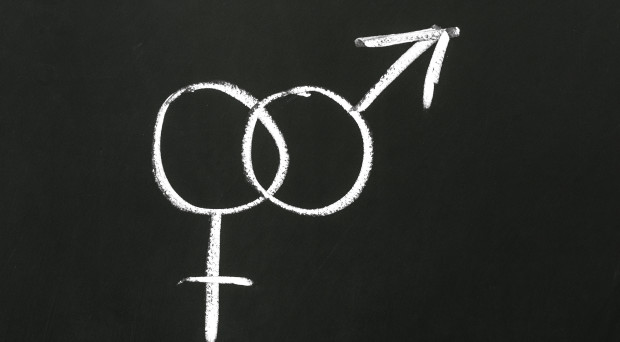
The male predominance in the prevalence of autism has many inter-linked implications for understanding the emergence and development of autism. Earlier this month, Molecular Autism published the first articles in a thematic series on understanding autism in the light of sex/gender.
Guest edited by Dr Meng-Chuan Lai, the series aims to jointly disentangle the complex relationships between sex/gender differences and autism by bringing together cutting-edge research from a variety of disciplines.
In these podcasts, I speak to the some of the researchers who contributed their exciting findings to the series.
Christine Wu Nordahl

“The entire field of medicine is moving towards this notion of individualized medicine, and understanding certain gender differences and how they influence diagnosis and treatment can only move us towards this goal of really treating each individual based on their symptoms and biology.”
– Christine Wu Nordahl, UC Davis MIND Institute, USA
Original research available here.
Valerie Hu

“This new study suggests another mechanism for the higher autism susceptibility in males that is linked to RORA deficiency…It’s just one aspect to personalized medicine, where one takes into account the genetics and the underlying biology within a given individual; in this case we’re adding sex as part of the underlying biology.”
– Valerie Hu, George Washington University, USA
Original research available here.
Stephan Sanders and Jake Gockley

“There are some traits which we expect to be more common in males, for example prostate cancer, and there are others we expect to be more common in females like breast cancer. But to see something which is a behavioral trait, this 4:1 sex bias is a really striking finding.”
– Stephan Sanders, University of California, USA

“Understanding sexual dimorphism in the brain and how genetic risk factors could potentially confer autism risk in a sex-specific manner is vital in treating autism in its entirety, and ensuring that specific subsets aren’t set at a disadvantage.”
– Jake Gockley, Yale University School of Medicine, USA
Original research available here.
Donna Werling

“Autism is such a heterogeneous condition, it has a spectrum-like presentation, there are up to 1000 genes involved in risk, and yet the male bias in autism is so persistent… harnessing the component of sex differential biology involved in risk could be useful in a wide range of patients across that heterogeneous spectrum.”
– Donna Werling, University of California, USA
Original research available here.
For more on the latest insights into sex and gender differences in autism, take a look at the full thematic series and sign up to article alerts to be notified of new content in the series.
Thank you to Dr Meng-Chuan Lai for editing the series, and to Sophie Marchant for her helpful comments and editing of the podcasts.
Liz Bal
Latest posts by Liz Bal (see all)
- Why neuroscience needs neuroinformatics: a Q+A with Helena Ledmyr - 15th March 2016
- How can we advance data sharing in dementia research? - 9th October 2015
- Podcast: Understanding the links between sex/gender and autism - 26th May 2015
Comments